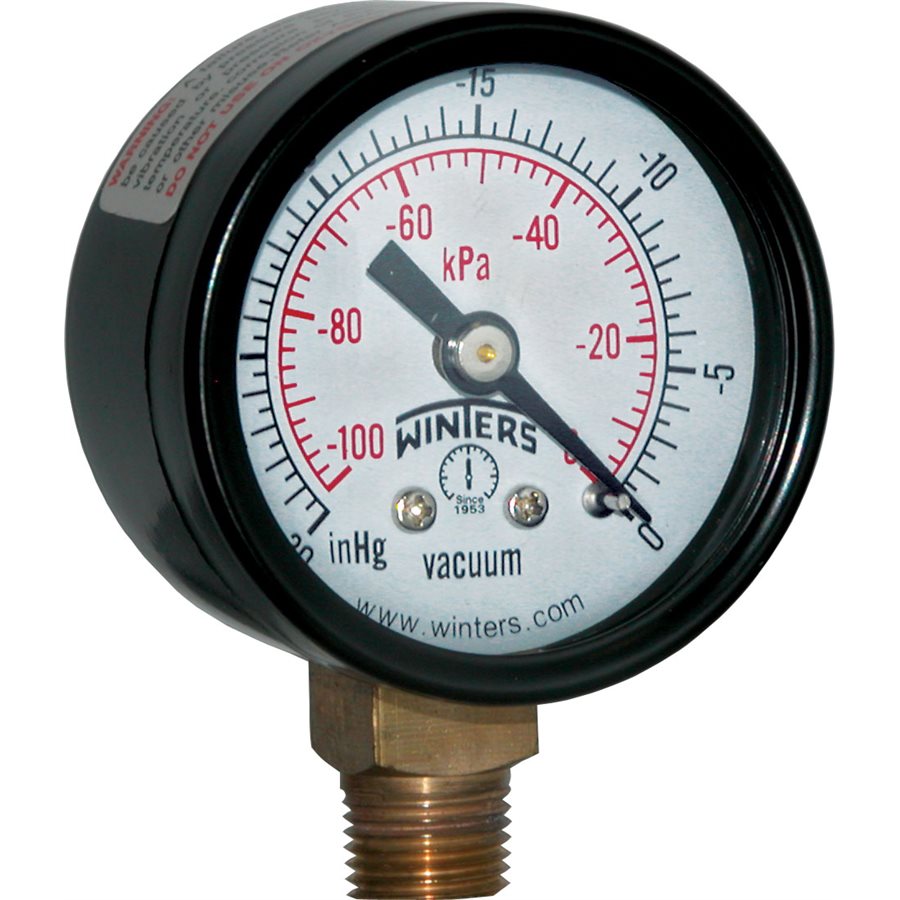

The kilopascal is more prevalent in scientific contexts such as material science, engineering, and geophysics. Exceptions include certain countries that use either the imperial or United States customary systems of measurement, such as the United States, in which the unit of pound per square inch is more commonly used. In 1971, at the 14 th General Conference on Weights and Measures, the pascal was adopted as an SI derived unit of pressure.Ĭurrent use: The kilopascal is widely used worldwide in countries that have adopted SI. The kilopascal is simply a multiple of the pascal, as is common within SI. History/origin: The unit, pascal, is named after Blaise Pascal, a French mathematician and physicist. 8 Pounds per square inch 55.1581 Kilopascals, 500 Pounds per square inch 3447.38. A kilopascal is defined as 1,000 Pa, where 1 Pa is defined as the pressure exerted by a 1 newton force applied perpendicularly to an area of one square meter, expressed as 1 N/m 2 or 1 kg/m Convert between the units (psi kPa) or see the conversion table. To convert psi to kPa, multiply the psi value by 6.89475729. Kilopascalĭefinition: A kilopascal (symbol: kPa) is a multiple of the pascal (Pa), an SI (International System of Units) derived unit of pressure used to measure internal pressure, Young's modulus, stress, and ultimate tensile strength. 1 Pound per square inch (psi) is equal to 6.89475729 kilopascals (kPa). Meteorologists and weather reporters worldwide often use this unit for convenience, since working in pascals would result in much larger values. Millibars (symbol: mb) are also commonly used when referencing atmospheric air pressure, where atmospheric pressure equals 1013.25 mbar (101.325 kPa). The International Bureau of Weights and Measures has specified the bar as a unit that authors should have the freedom to use but has chosen not to include the bar in the list of non-SI units accepted for use with SI. 1 psia to kPa 6.89476 kPa 5 psia to kPa 34.47379 kPa 10 psia to kPa 68.94757 kPa 15 psia to kPa 103.42136 kPa 20 psia to kPa 137.89515 kPa 25 psia to kPa 172.36893 kPa 30 psia to kPa 206.84272 kPa 40 psia to kPa 275.79029 kPa 50 psia to kPa 344. The term "bar" comes from the Greek word "baros," which means weight.Ĭurrent use: Although the bar is a metric unit of pressure, it is not accepted within the International System of Units (SI) and is even deprecated within certain fields. History/origin: The unit, bar, was introduced by Vilhelm Bjerknes, a Norwegian meteorologist who founded modern weather forecasting. 27 psi 186.158 kpa : 8 psi 55.1581 kpa : 18 psi 124.106 kpa : 28 psi 193.053 kpa : 9 psi 62.0528 kpa : 19 psi 131 kpa : 29 psi 199.948 kpa : 10 psi 68. It is equal to 0.987 atmospheres (101,325 Pa), the unit often used as a reference of standard pressure. Definition: A bar (symbol: bar) is a metric unit of pressure that is defined as exactly 100,000 pascals (symbol: Pa).


 0 kommentar(er)
0 kommentar(er)
